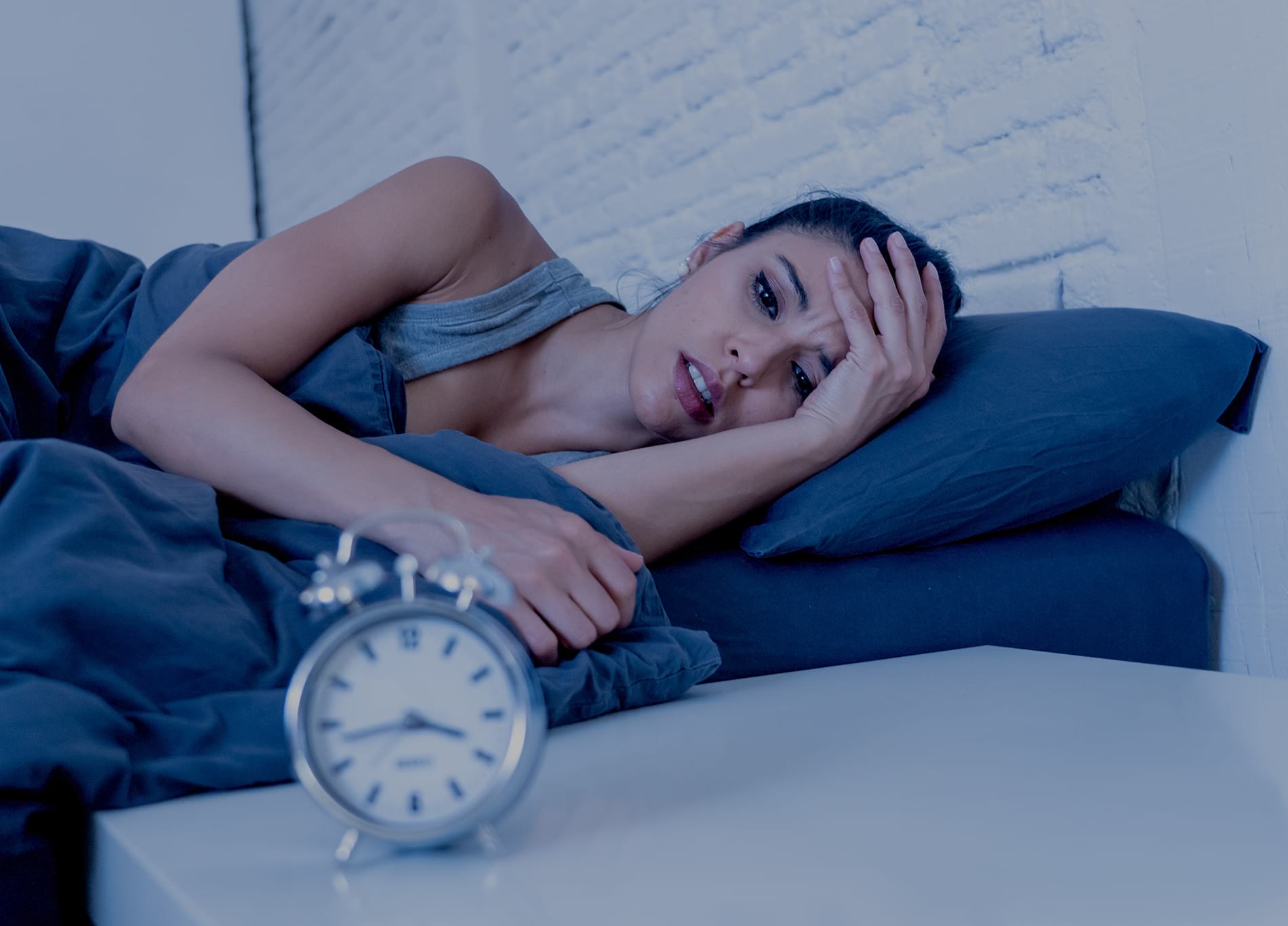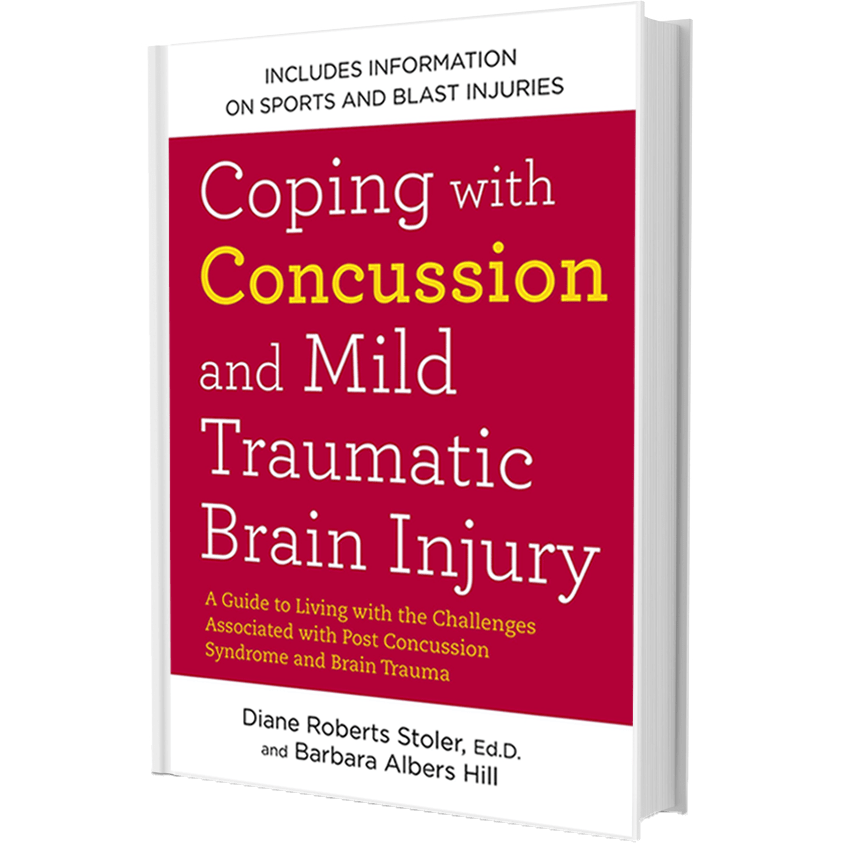Do You Have Sleep Problems? You Are Not Alone!
Do Many People Have Problems Sleeping?
One of the biggest complaints worldwide is of sleep problems. In a recent sleep survey, of 5,256 patient-members with a range of health conditions polled, many reported chronic difficulties with sleep.
Some responses were:
- 30% of respondents said they “rarely” or “never” get a good night’s sleep
- 53% of those who believed they had a sleep problem had been dealing with their sleep difficulty for at least a year
Any disturbances in sleep can cause problems with memory and thinking. It can also create mood issues such as depression, anxiety, chronic fatigue, and chronic pain.
People follow a natural 24-hour sleep/wake cycle called the circadian rhythm. As your day goes on you may find yourself needing rest and/or sleep. That is due to a naturally occurring hormone called melatonin that helps regulate the sleep/wake cycle by lowering the body temperature and causing drowsiness.
WHY IS SLEEP SO IMPORTANT?
See the video below to learn why sleep is imperative to optimum brain health, as explained by Neuroscientist Jeff Iliff.
What is Keeping Me from Getting Sleep?
Lifestyle
There are many reasons you may not be getting restorative sleep. You could be stressed, you may have no sleep routine, or you may eat a lot of fast foods or foods with high sugar content. All these things can cause the dysregulation of brain activity and prevent restorative sleep.
Injury or Disease
Injury to the brain, whether from a concussion, stroke, MS, or Parkinson’s Disease, all cause a dysregulation in the sleep cycle and interfere with restorative sleep. The relationship between sleep and pain is a common and complicated one. So, it’s not surprising that patients coping with illness would report difficulties with sleep. Pain makes it difficult to fall asleep, hard to stay asleep and being short on sleep can make us more sensitive to pain.
What are the 3 Most Common Sleep Disorders?
Insomnia
The inability to fall asleep or remain asleep. It is the most common sleep problem among the world’s population, which has increased with the fast pace of today’s lifestyle. Insomnia often occurs immediately following a concussion and, if not treated, may continue for years.
Hypersomnia
The inability to become fully awake or the need for excessive sleep. This is a very common symptom after a concussion, your circadian rhythm (sleep/wake cycle) has been disturbed which interferes with how your body regulates periods of sleep and wakefulness. If you have this condition and then get a concussion it could be worsened by the injury.
Parasomnias
Types of motor problems that may include night terrors, nightmares, periodic leg kicking, or the twitching that happens with Restless Leg Syndrome.
What is “Restorative Sleep?
Restorative sleep involves completing the five stages of sleep this allows the brain and body systems to be repaired, heal, and grow.
For optimal brain function and to repair and maintain itself, your brain needs a specific number of hours of sleep each night. In addition to the hours of sleep needed, there is also precise sleep method that is necessary for repair. Picture your brain as a bridge connecting several roads. When the “bridge” is under repair each night, all traffic must stop to allow for the maintenance. Restorative sleep is the sleep method that allows for this repair and maintenance.
There are two types of sleep, non-rapid eye movement (NREM) sleep and rapid eye movement (REM) sleep. These contain the five stages of sleep that are crucial for restorative sleep.
The five stages of sleep are:
- Light theta wave sleep (NREM)
- True light theta sleep (NREM)
- Light delta wave sleep (NREM)
- Deep slow wave delta sleep (NREM)
- Rapid eye movement sleep (REM)
Dreaming happens during restorative sleep (REM – rapid eye movement) Dreaming is important because that is when the body goes into integration and repair mode. Some of the most famous inventions and theories have come out of dreaming! During this time, though our limbs are almost paralyzed, our minds are very active repairing and integrating new memories. When you look at a sleeping dog, restorative sleep is obvious. You’ll notice that the dog will look frozen and if you tried to lift him/her you would feel their dead weight. That is the time when the dog’s brain is in repair mode (REM).









